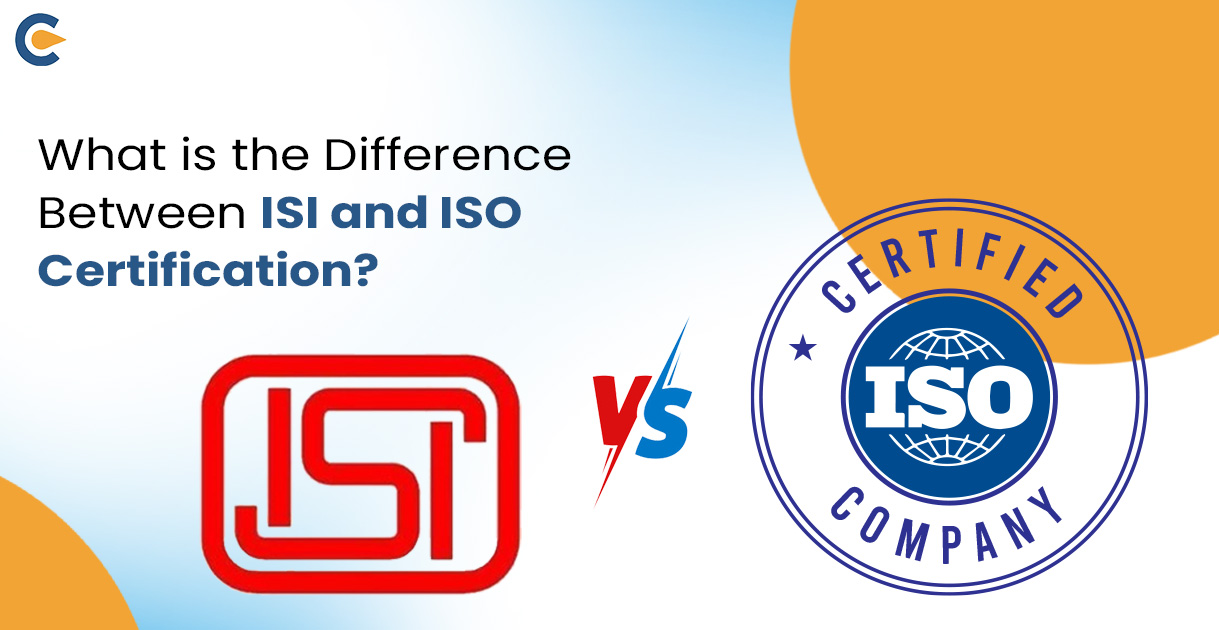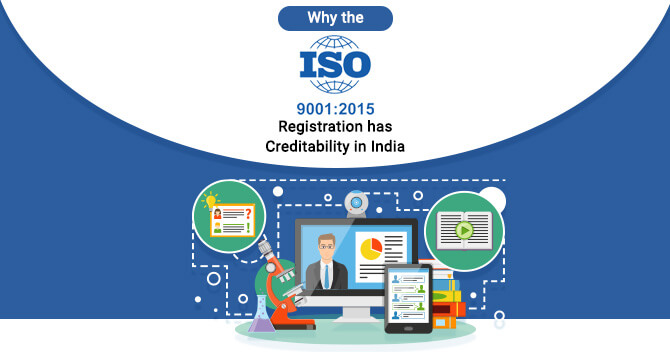India has a vast marketplace for medical devices, thanks to the rapidly growing healthcare sector. Maintaining the quality of these devices against the prescribed standards is an absolute mandate for their manufacturers. But most manufacturers find it difficult to cope with ever-changing quality norms. Medical device manufacturers are under constant pressure to meet stringent norms around raw material procurements, vendor selection, production process, quality, packaging, and labelling. Also, they lack a definitive blueprint that can help standardize the entire process. This is where ISO certification for medical devices comes into play.
By using ISO guidelines, any manufacturer can expect better control of the production process and quality management. ISO certification aims for the holistic development of the entire system that contributes to the production of a certain product. Guidelines concerning the holistic production of medical devices are mentioned under ISO 13485.
Note: ISO doesn’t involve in any licensing or certification process that vouches for product quality. Whomsoever wants to secure their ISO registration has to approach third-party certification agencies as acknowledged by the ISO to secure the registration.
What Do You Mean By Medical Devices?
A medical device refers to a product, machine, instrument, implant, or in vitro reagent that helps in the diagnosis, prevention, and cure of a certain medical condition.
What Is The Role Of ISO 13485?
ISO 13485 encloses the definitive guidelines that are more inclined toward the documentation of each process that contributes to the production of Medical Devices.
Also, it provides a framework for ensuring a streamlined Quality Management System (QMS), which allows for the quality production of medical devices consistently.
Any establishment engaged with the design, production, installation, and servicing of medical-based devices can leverage this standard. External certification bodies can also use this standard as a checklist for audits.
Who Can Apply For ISO Certification For Medical Devices Via An External Certification Body?
From suppliers to marketers, manufacturers to raw material suppliers, ISO 13485 aims to benefit everyone involved in the supply chain of medical devices. Even the service providers that deal with the decommissioning and disposal of medical devices can incorporate ISO guidelines.
Benefits of Securing ISO Certification for Medical Devices
An ISO certificate is not mandatory, it can lend the following benefits for obtaining ISO Certification for Medical Devices:
- It can mitigate the process complexities by rendering information on how things should be done.
- By incorporating ISO guidelines, certification holders can expect better production volume & unprecedented quality.
- It can enable the manufacturer to expedite the production process without compromising the quality.
- Since ISO certification has global recognition, the manufacturer can witness a demand boost for their products in domestic and overseas markets.
- ISO[1] guidelines are good at identifying the process bottlenecks if any and keeping everything streamlined and transparent.
- It can help certification holder to save time and resources a great deal.
How to Secure ISO Certification for Medical Devices?
Before you dive into the certification process, your first step should be documenting the entire process, and deploying corrective measures to stay compliant with the underlying standards. The listed below is the detailed blueprint on how you should proceed for ISO certification for Medical Devices.
Step 1: Establish a Management System
- Identify all the processes that contribute to the production of medical devices.
- Document processes with the help of the concerned staff.
- Vet, authorize, and share the documents with the relevant staff member.
Step 2: Follow Your System
- Ensure every procedure takes place per the documented guidelines.
- Ensure staff members receive in-depth training concerning operations that they are engaged with.
- Establish an apt reporting system relating to inspection, testing, corrective measures, meeting, tracking of goals, statistical techniques, and so on.
- Leverage measurable data to analyse the capability of your processes.
- Vet and take corrective measures to obliterate the process bottleneck.
Step 3: Check System Effectiveness
- Perform an in-depth audit and scrutinize the processes for effectiveness and compliance. Refer to the sample records and interview people that are connected with processes in one way or another.
- Pinpoint and report the bottleneck(s) of the management system.
- Take relevant actions to keep everything in check and streamlined.
Step 4: Register Your System
- Approach a reliable certification agency or service provider for external certification.
- Submit your management system document for vetting.
- Allow the external auditor to examine the entire system for compliance and effectiveness.
Conclusion
ISO 9001 refers to the international standard that provides specifications concerning Quality Management Systems (QMS) that any industry can implement. ISO 13485 refers to an extensive management system that is entirely dedicated to the entities dealing with medical devices. Just like any industry type, medical device manufacturers fall under a specific regulator and abide by different sets of rules. ISO 9001 is among the most widely-accepted ISO standard that helps company perfect their internal processes for quality.
Read Our Article: Important Aspect Of ISO Certification That Every Manufacturer Needs To Remember











